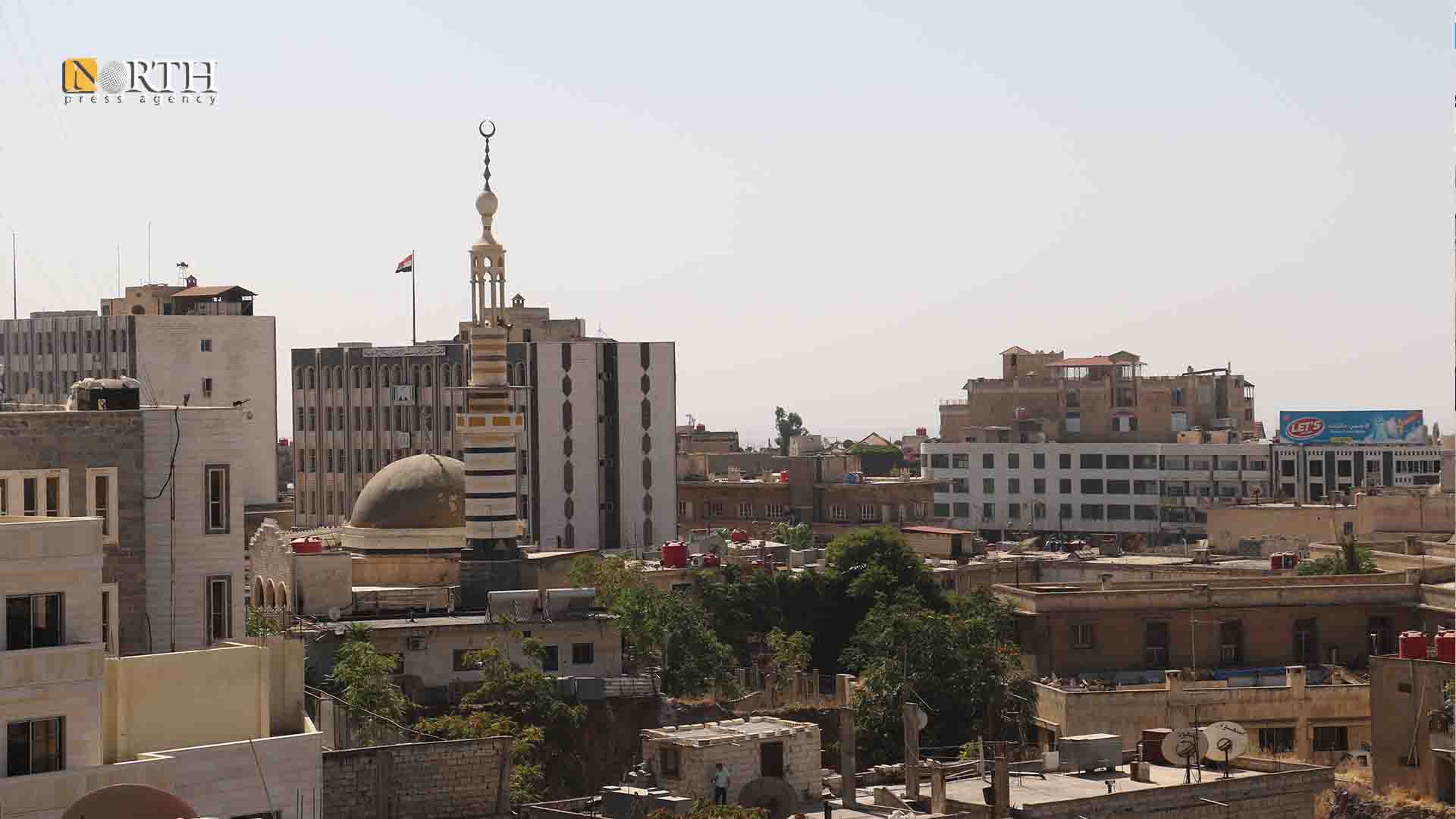SUWAYDA, Syria (North Press) – Writers and historians from Suwayda governorate, southern Syria, believe that the bloody events and all the conflicts in the country have not affected the historical, social, economic, and cultural relations between the Bedouins and the Druze.
The Bedouin tribes are Arab nomads distributed on the outskirts of the northern and eastern sides of Suwayda in the regions of al-Herouba, Rajm al-Zaitoun and al-Muqawas, while the Druze are an ethnoreligious group which practices a monotheistic Abrahamic religion and speaks the Arabic language.
Bedouins are also present in the town of Arra, 11 km southwest of Suwayda, which is dominated by Druze.
Salt trade
Kamal al-Shofani, a historian and writer from Suwayda, said that the presence of Bedouin tribes in the Jabal al-Arab (also known as Jabal al-Druze) region dates back to before the Druze population came to the region in the 17th and 18th centuries.
“The economic relations between the Bedouin and Druze tribes existed and still exist, but to a lesser extent than before.”
Al-Shofani referred to the salt trade, as the Bedouins used to bring it from its sources in the southern desert, which extended to the Arabian Peninsula, and sold it to the Druze population.
Al-Shofani believed that this relationship strengthened social bonds between them, in addition to the fact that some members of the Bedouin tribes in Suwayda used to herd flocks of sheep and goats that belonged to Druze families.
Horse partnership
“There was a deep relationship between the Bedouin and the Druze through the so-called ‘horse partnership’,” al-Shofani added.
The al-Saud and al-Wahban tribes who descended from the Syrian Desert presented some thoroughbred Arab horses to Druze leaders and families, such as the al-Atrash family and the Amer family, as a token of appreciation for the Jabal al-Arab region and its inhabitants.
Al-Shofani noted that there is are documents of horse partnership dating back decades.
Some of the popular Druze songs and dances which are attributed to Druze folklore trace back to the Bedouin heritage, such as the “al-Jawfiyah” dance, which is accompanied by poems taken from Bedouin tribes.
Also, many Druze musicians master the Bedouin stringed instrument known as rebab.
The tribal composition of the Bedouins in Suwayda and their demographic distribution did not change after 2011, just as the bloody events in Syria did not affect the relations of the region’s residents.
Attempts at sedition
Jawad al-Ba’eini, a folklore and local affairs writer, denied the existence of accurate statistics for the number of Bedouins in Suwayda, but he estimated their number at about 10,000.
The Bedouin tribes in Suwayda are multi-rooted, as they descend from the Baggara, al-Anezi, al-Mahamids, and al-Qateifan tribes, according to al-Ba’eini.
Bedouins and Druze share their weddings and wakes, as well as various other social and religious events.
“Some security agencies tried to disturb the relationship between the Bedouins and Druze with the aim of facilitating their control over Suwayda by playing the role of mediator between the two sides,” al-Ba’eini said.
In 2000, severe clashes took place between Bedouins and Druze in Suwayda, which developed into separate battles that resulted in dozens of deaths and injuries on both sides following the killing of a Druze farmer by some tribesmen.
“However, weak-minded individuals of both the Bedouin and Druze could not split the ranks between them in Suwayda in which the security agencies used the individuals as their tools,” al-Ba’eini added.
Reporting by Sami al-Ali

